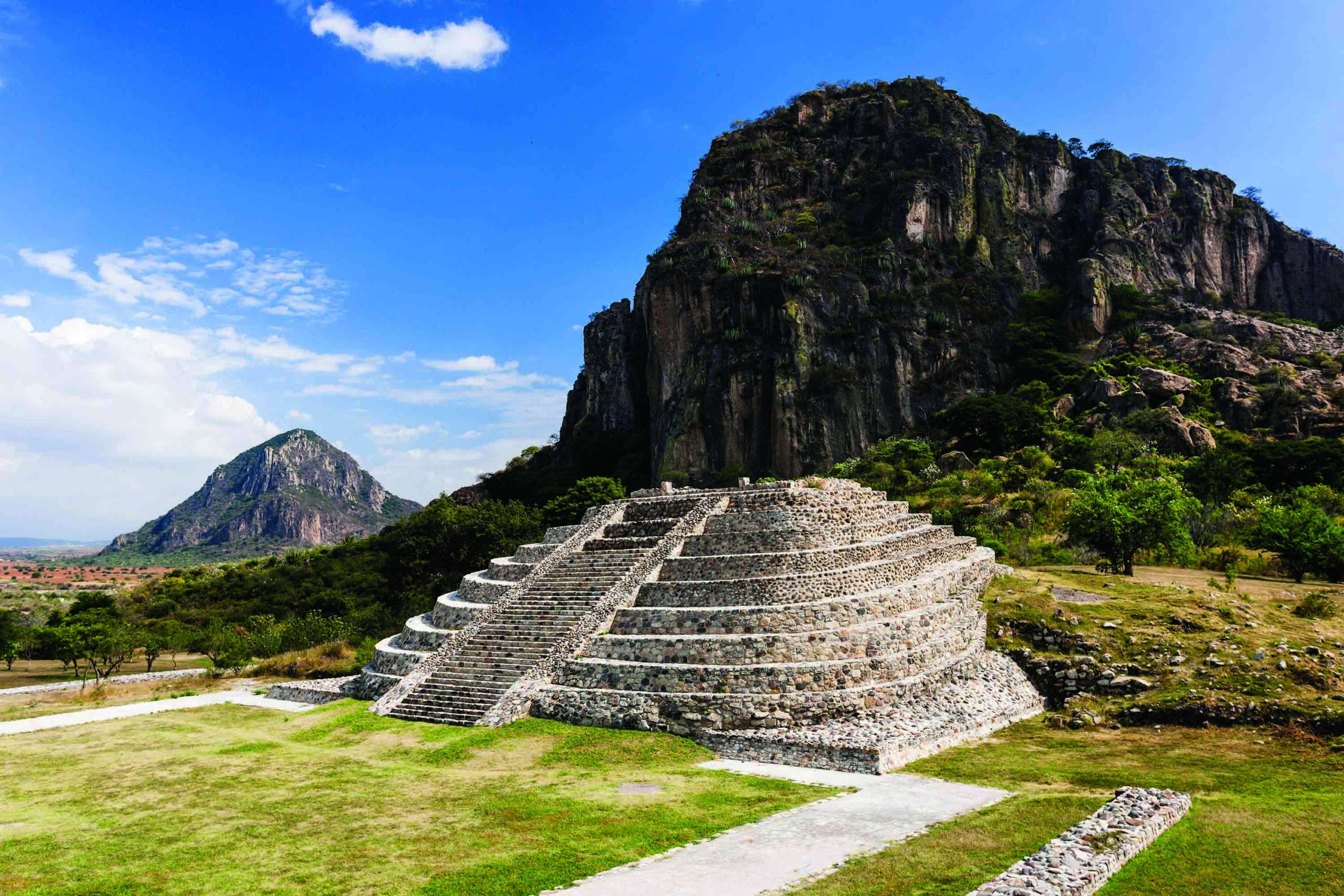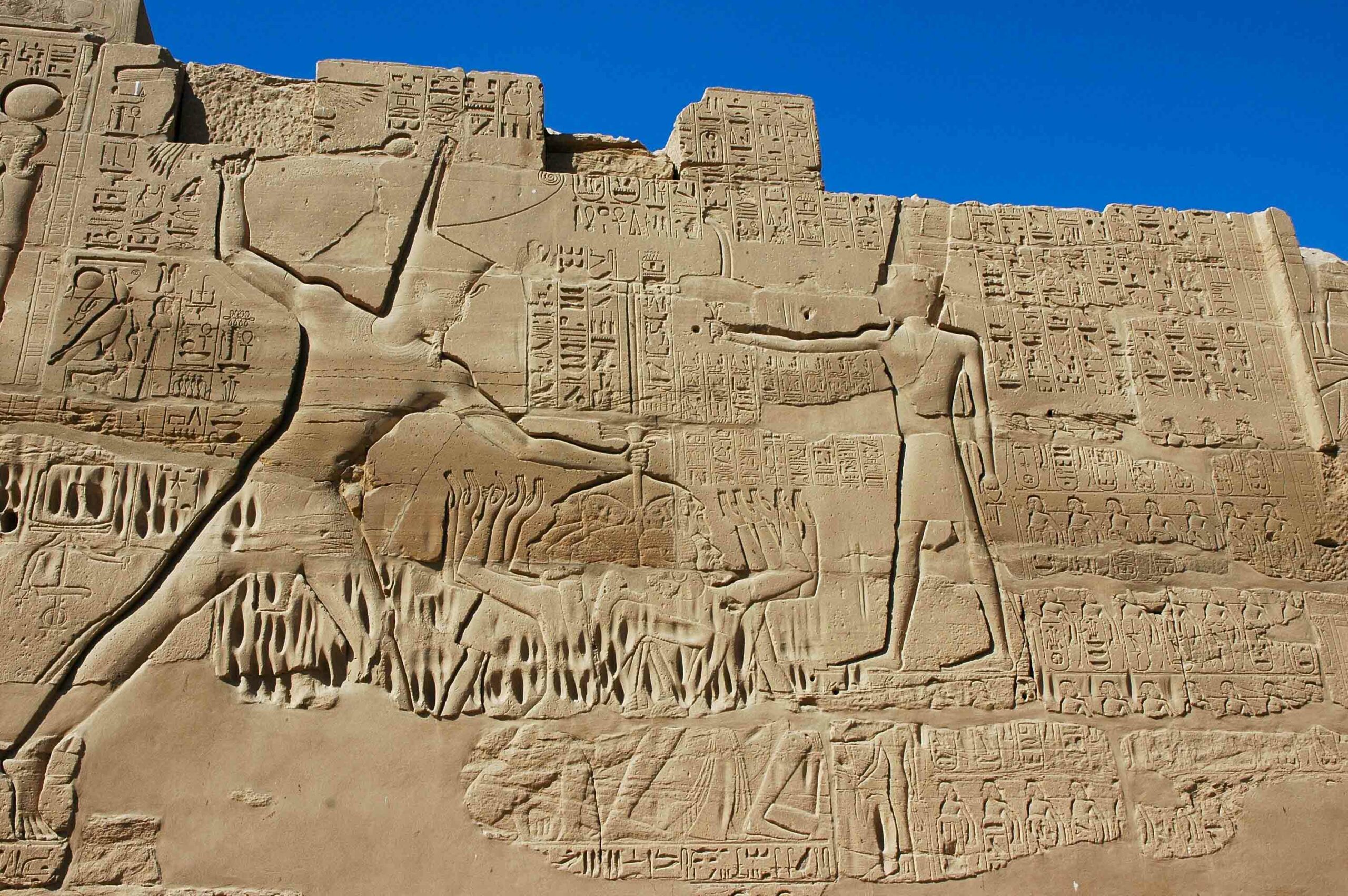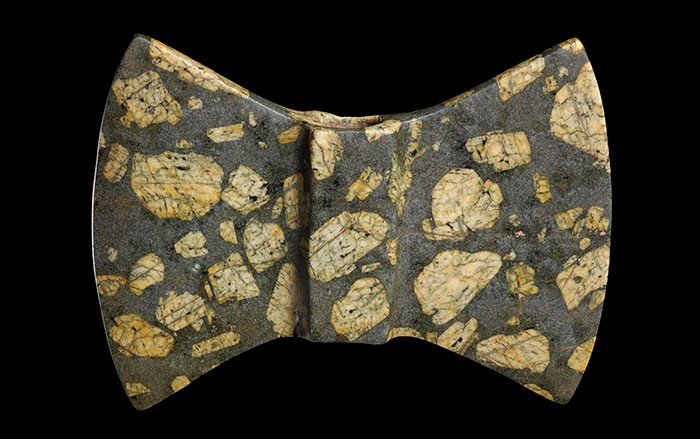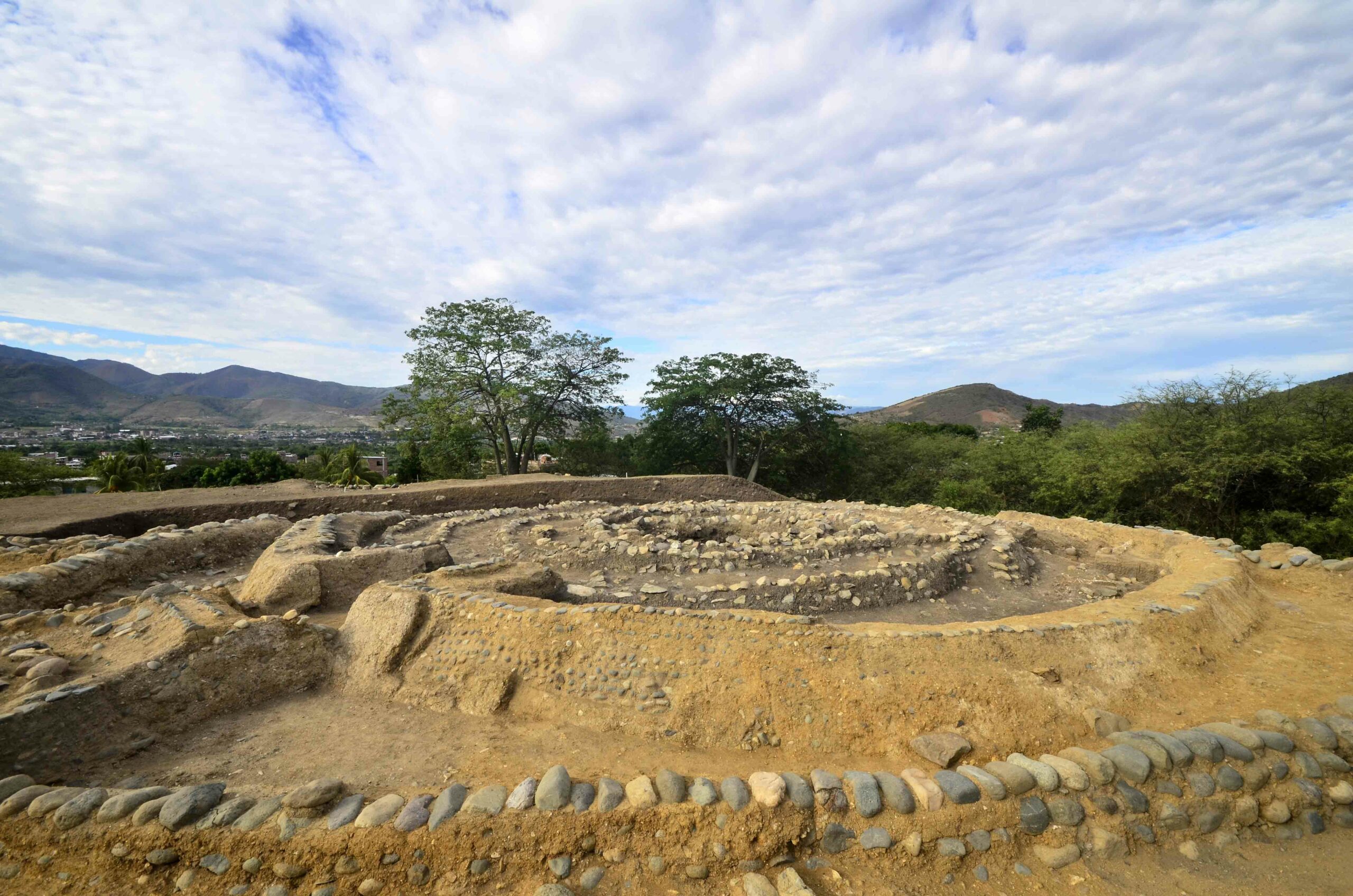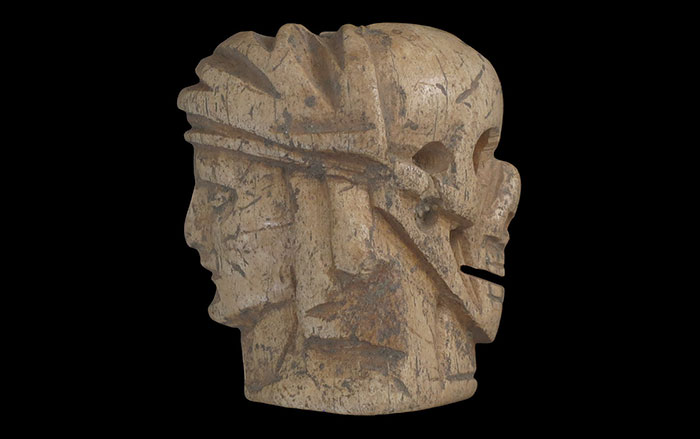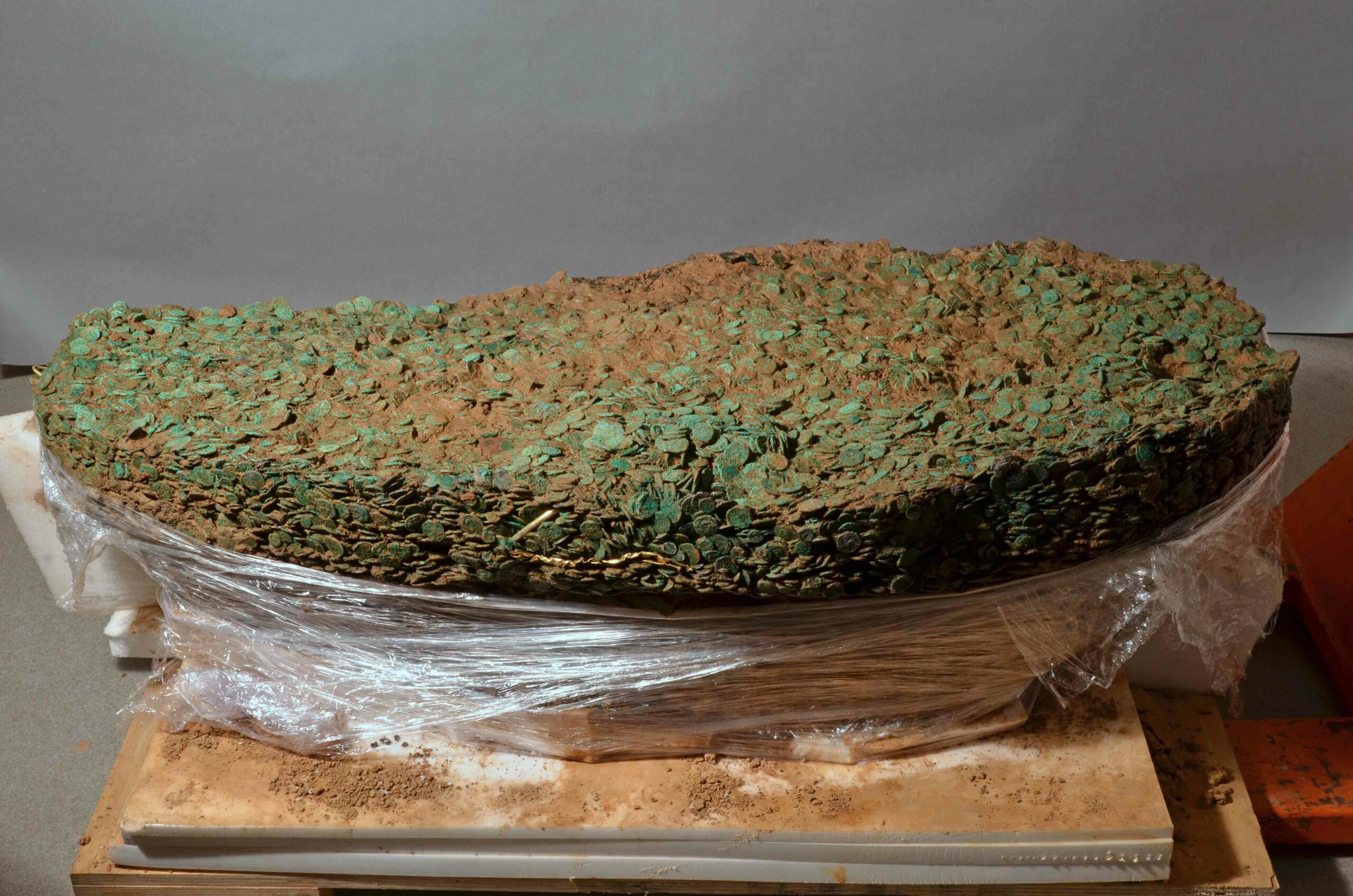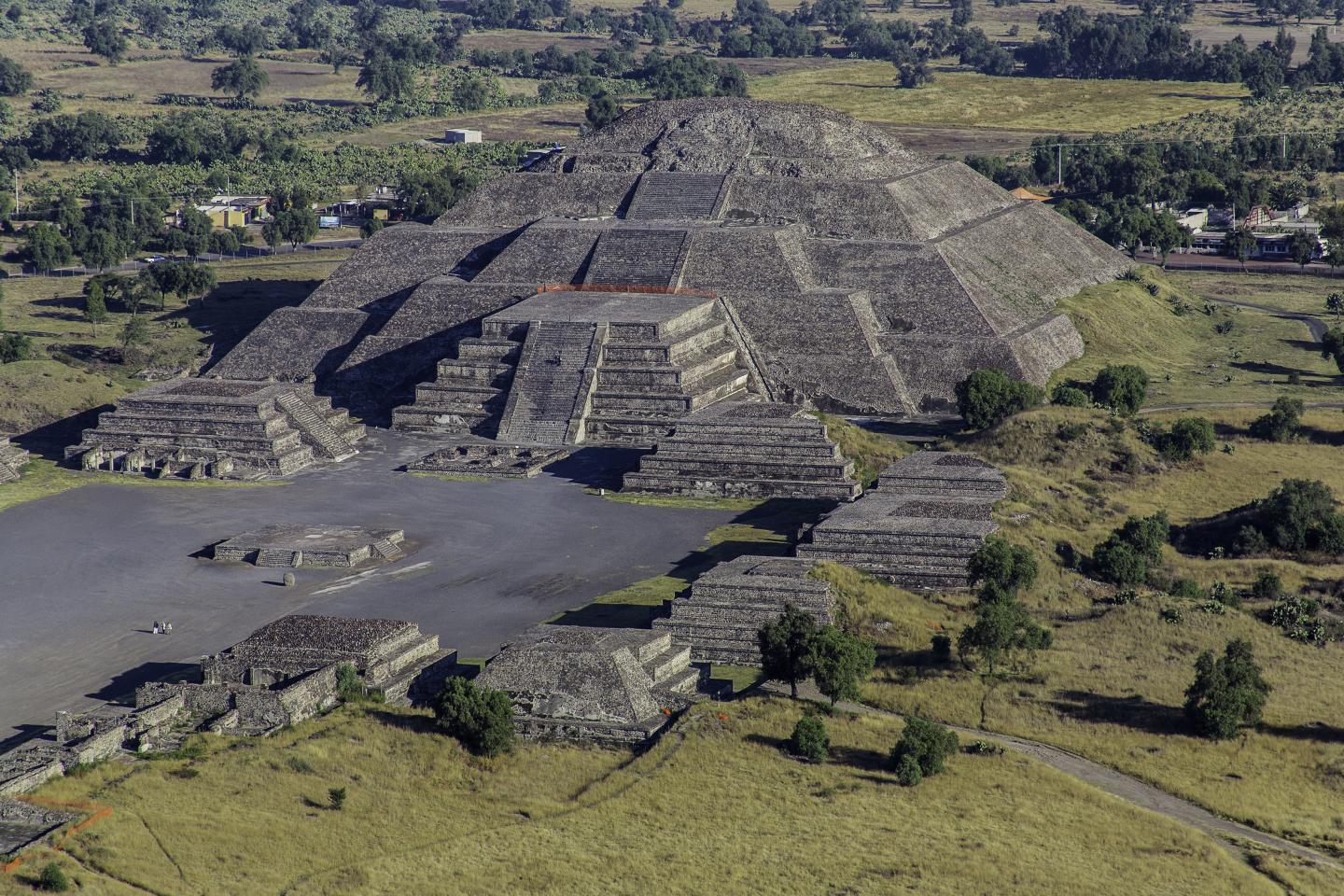
TEMPE, ARIZONA—Michael Smith of Arizona State University compared the city of Teotihuacán with other Mesoamerican cities built before and after it, and found Teotihuacán to be unique, according to a report in The International Business Times. Mesoamerican cities usually had a well-planned central area of temples, a palace, a ball court, and a plaza surrounded by a residential area. Smith says the residential areas were often haphazardly arranged, but all of Teotihuacán was arranged on a grid system, making it easier to navigate. Between A.D. 100 and 650, Teotihuacán was home to as many as 100,000 people, making it the largest city in the Americas at the time, yet it seems to have lacked a royal palace, a ball court, and central areas. Teotihuacán also had well-planned residential areas with spacious, well-designed apartment buildings. Some 1,000 years after it was abandoned, Teotihuacán was revered by the Aztecs, who gave the city its name, which means “the birthplace of the gods.” The Aztecs repeated many of Teotihuacán’s innovations in their capital, Tenochtitlan, founded in the early fourteenth century. For more, go to “The Rabbit Farms of Teotihuacán.”





